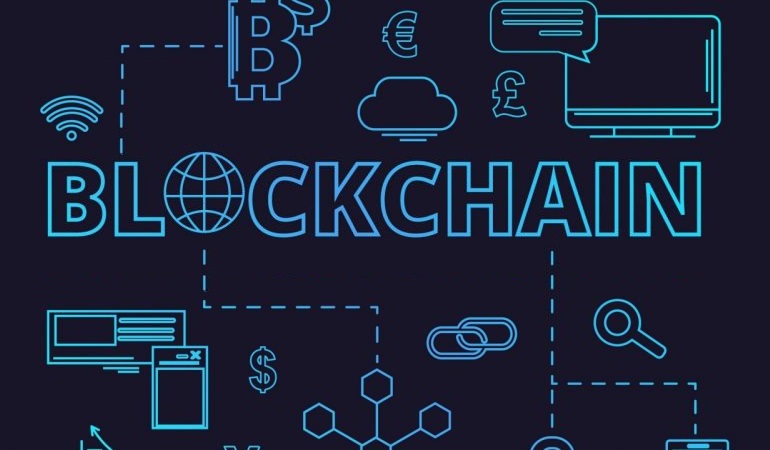Cryptocurrency is the “ball of the time” with regard to financial market news. While there are already people getting a millionaire with Bitcoins and other digital currencies, banks and traditional financial institutions affirm that these virtual technologies can be a trap or a speculative bubble.
However, the technology that allows the operation of this virtual market draws attention to its operation, efficiency, safety, and reliability.
Therefore, in this text, we will understand more about Blockchain technology and how it is used, in addition to showing its potential in several areas beyond the financial system.
What is Blockchain?
Blockchain means “Chain of Blocks” – and in practice, it’s more or less how it really works.
“Blocks” are information collected and secured through complex cryptography, that is, codes that prevent data from being corrupted or modified by unauthorized third parties.
As a more common example, we can consider the information gathered in blocks like financial transactions. Millions of transactions made at any time. The “current” in the system name consists of thousands of computers around the world. That is, every time a Blockchain transaction with any crypto-currency is held by someone, the details of that financial move are recorded instantly in thousands of different devices.
This is another reason why Blockchain is secure and almost tamper-evident: the same transaction distributes backup copies around the world and is protected by different cryptographs of extreme complexity.
Therefore, invading, modifying or violating these financial transactions on all computers where they are registered is an almost impossible task, since encryption added to redundancy (multiple computers) guarantees a very robust system.
It seems complex, but it is not. See for example: when a person buys shares on the Stock Exchange, all movement, from start to finish, is processed and compensated by the Exchange system, that is, control of the transaction is concentrated in one place. In Blockchain, when the transaction is made, several computers process the move simultaneously. That is also why the trading of crypto-coins can happen 24 hours a day anywhere, unlike the purchase of assets on the Stock Exchange, which uses daily trading hours.
Banks are eyeing Blockchain
Blockchain technology was developed in 2008 and, at first, the Bitcoins had little value (a pizza cost around 10 BTC at the time). Ten years later, each Bitcoin is worth more than $ 30,000. It shows that the way people negotiate is gradually changing.
While still skeptical about the future of crypto-coins, many banks are converting their transaction systems inspired by Blockchain technology. With this, even traditional financial transactions are getting much safer, agile and easy to track. This prevents fraud, theft and hacker attacks.
Where is Blockchain being used?
More common in crypto-currency transactions (such as Bitcoin, Litecoin, Ethereum, etc.) and now very promising in banking systems in general, Blockchain is not limited to these areas and can go much further. Its technology is innovative and can drastically change the way we handle any kind of data.
Validation of documents, in general, is one of them. With the new technology, it will be possible to carry out authentications of contracts, real estate sales or exchange of shares online, in an effective and safe way as never was possible. In addition to the financial sector, one of the markets that will suffer the most is the insurance sector, since it is composed of companies that deal basically with the exchange of information.
The technology of Blockchain can still be considered new and should be applied gradually in several other segments. However, it has already generated a great deal of expectation of transformation. An example of this is its use as an anti-fraud tool in the public sector. According to Microsoft, problems with fraud amount to about $ 68 billion every year for the US government. With the implementation of Blockchain, it is possible to increase the protection of the data of your systems and to prevent them from being changed later, since once the information is inserted in the “chain of blocks”, it is practically impossible to delete it or to modify it, their integrity.
Central Bank develops Blockchain project with Microsoft Azure features.
Microsoft, through its Azure solutions, has in its portfolio the Blockchain Workbench, where clients can already develop applications and test platforms with Blockchain technology in a practical and integrated way to the other services of the company.
To learn more about Blockchain Technology, and get valuable tips, follow us on LinkedIn, Twitter and Facebook.

